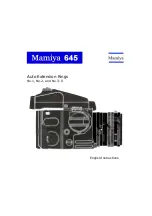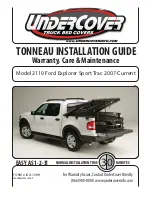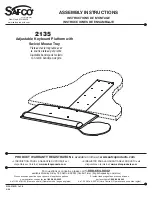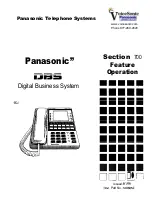
EN
6
DUKA-MH-AIR-AWN-UG-11-19
Thank you for purchasing your Kampa Dometic awning. Please read these instructions carefully before
attempting set up and retain for future reference. If used properly, your awning should give you years of trouble
free use. We recommend that your awning is insured against accidental and storm damage as this is not
covered by the warranty.
IMPORTANT - PLEASE READ:
Under certain conditions all awnings will suffer from internal condensation. Depending upon
the time of year, the weather and the amount of moisture in the ground, the condensation
could be quite severe and is commonly mistaken for leaking, especially as it can run down
the inside of the roof and drip off ties, tapes and other internal fittings. If you suspect your
awning is leaking it is almost certainly condensation. Laying a waterproof groundsheet (not a breathable
carpet) throughout the whole awning will help and condensation can also be improved by ensuring adequate
ventilation. On some awnings we offer an optional roof lining that can also help prevent condensation and
catch any drips that fall from the roof.
The awning material has a waterproof PU coating over its entire surface and the main seams of your awning
have been factory taped to help prevent leakage (not All-Season). Depending upon your expectations, it may
be necessary to treat the remaining seams with a seam sealant. Seams treated with seam sealant cannot leak.
Seam sealant should also be applied to areas where the taping is damaged or has peeled away through wear
and tear. It can also be applied to areas where a leak may have developed. Kampa Dometic seam sealant is
available from your dealer.
The awning keder beading is sewn to the awning with a special waterproof sewing thread. This thread swells
when wet to fill the needle holes but the thread needs to become wet several times before it is totally effective.
This process is known as ‘weathering’ and it may take several soakings for the weathering to be fully effective.
This area can also be treated with seam sealant.
This awning is designed for use in light to moderate weather. During very strong winds or snowfall
we recommend that you take your awning down. The awning is designed for touring use; it is not
designed for seasonal pitch or commercial use.
We recommend a trial run before using your awning for the first time. This will allow you to
familiarise yourself with the awning, its set up and any limitations the awning may have for your
particular use. Please also check your motorhome awning rail/channel to ensure that it is not
damaged or has any sharp edges that could damage your awning.
Choose a site that is flat and, if possible, protected from the wind. Sloping ground may have an adverse affect on
your finished awning.
To protect your awning from dirt and damage, it may be beneficial to lay a groundsheet or awning carpet down
before unpacking. Unpack the awning, separate and identify the different parts.
The awning can be attached to the motorhome using an awning rail already attached to the motorhome or through
the front channel of most popular wind-out awnings. If using the wind-out awning, first wind the awning out to a
convenient height before threading the awning beading through the channel in the front of the awning (see Diagram
1a/1b). There are two different sized beadings, select the size suitable for your wind-out awning. Slide the awning
along the channel until it is in your required position (see Diagram 2).
WARNING: Take care not to put too much stress on the wind-out awning - support it where necessary.
After attaching the awning, rewind the wind-out awning fully back into its housing.
Siting
Set-Up
Welcome







































